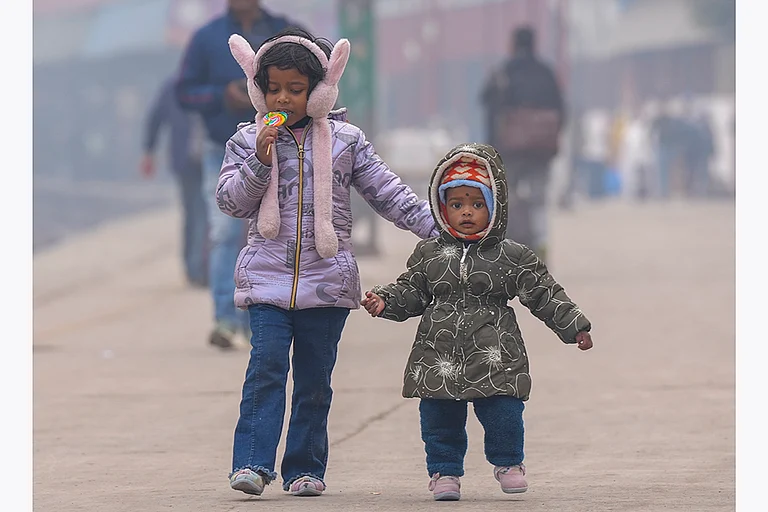For someone who has stayed in Bengaluru for the past 10 years, the scorching summer in April, that made it almost impossible to walk under the sun, came as a rude shock. The bustling metropolis known for its rather pleasant weather and, of course its IT companies, was facing an unprecedented challenge: climate change, and the worst of it all, politics over climate change.
Southern part of Karnataka went to polls first on April 26. So I decided to visit key areas of the region that are dominated by Vokkaligas – a major voting bloc for political parties, who are usually from the farming community.
To reach Mandya, we (my cab driver and I) hopped onto the Bengaluru-Mysuru expressway that was constructed with huge fanfare last year. Sure, it brings down the travel time between Bengaluru and other cities in the state. But with no proper entry exit points, if you miss one turn towards your destination, you might end up in another city without a choice, the driver rants. The last time I was on this expressway was ahead of Karnataka assembly elections. I noticed back then that houses on either side of the flashy highway seem to almost be cut in half. I had then thought to myself that maybe those affected people would be compensated. Maybe the roofs over their head wouldn't be snatched from them for an expressway. So I was keeping a keen eye as we sped through the highway. We were almost nearing Mandya when I asked the driver if he was aware of this. “Their whole houses have been demolished for the highway ma’am,” he said. So much for a 10-lane tolled elevated expressway built at a cost of Rs 8,000 crore.
As a child, while travelling from Bengaluru to Mysuru Palace, I was most excited (not to see the Palace and its royals) about driving atop bridges from where I could see rivers out the car window. These rivers were almost brimming at full capacity. This time I could see barren land where the rivers once existed.
“Our field is right near the Krishnaraja Sagar dam, which is constructed across the Cauvery river. But there is no water in the dam for us,” a 60-year-old farmer from Mysuru, Chandrashekhar, told me. He then asked me where I came from. When I said Bengaluru, Chandrashekhar chuckled. “Do you have water where you live?” he asked. This summer, apartment complexes and gated communities in the city received urgent notices from the water board to ration water. I explained to him how prices of private water tankers increased in several localities, including mine. He heard me patiently. “That must have been difficult,” he agrees. “But this time the water crisis in Bangalore became national and international news. We struggle every year and yet it isn’t enough to make headlines,” he rues.
As students, we were taught about the history of the Cauvery river: its origins, which states it flows through and how so many are dependent on it. But what these textbooks missed out on was how farmers are often caught in a bind when the storm comes. Not the monsoon storm, but the political one. “This is Congress' guarantee for farmers. Even though KRS dam had water, a play of politics led the government to give this water to the neighbouring state,” Chandrashekhar says. They were angry with the ruling Congress government in the state for giving a share of Cauvery water to neighbouring Tamil Nadu – a decade-old conflict still rearing fresh consequences for people in both states. We were standing near a sugarcane juice stall. Sugarcane is one of the major crops that Chandrashekhar and other farmers grow. They persuaded me to buy at least two cups of juice to beat the heat.
These were the same farmers who rejected BJP’s politics of polarisation last year during Karnataka assembly elections. Back then, they wanted a fair price for their crops and were barely triggered by communal narratives. Almost a year later, these farmers want the same thing. But watching them shift their preferences from one party to the other, I realised its not about which party is doing what politics. But more about which party promises them a livelihood.



























